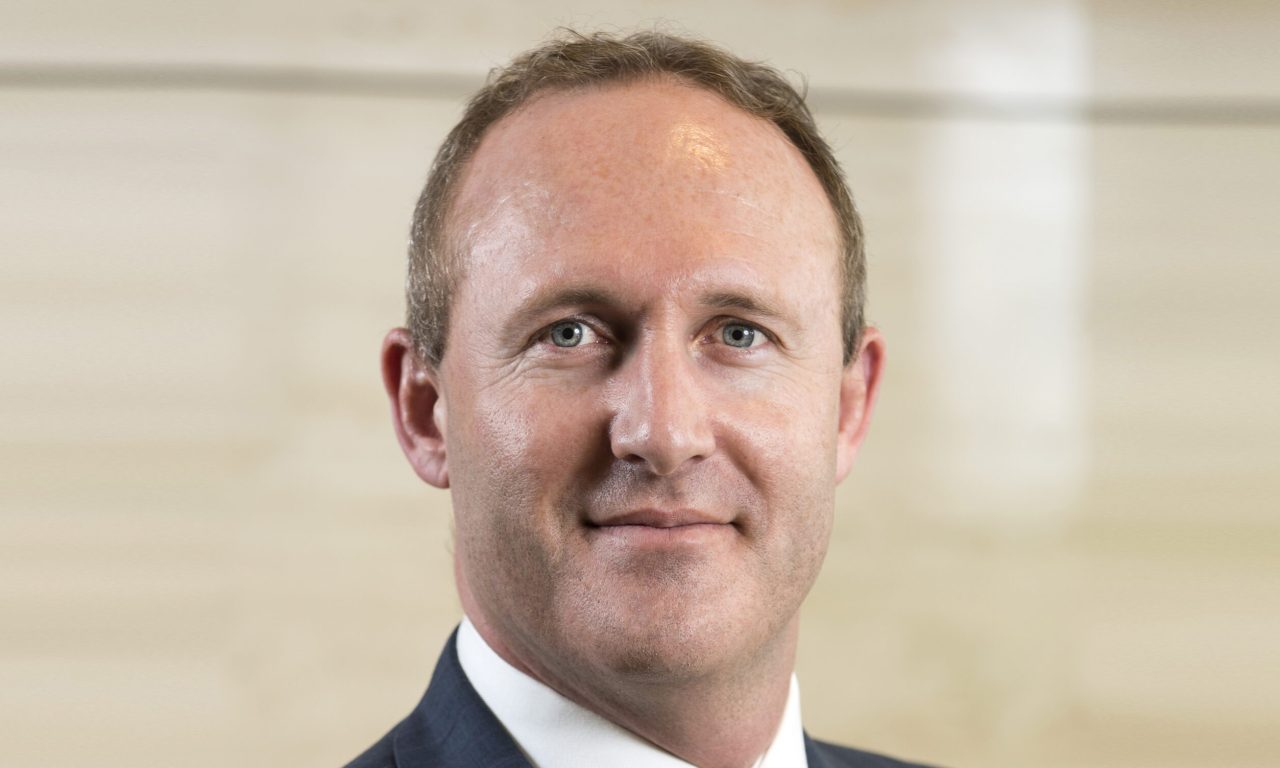Crestone Wealth Management is shaping up as the new blueprint for wealth managers in a post Royal Commission world. Not only have its funds under management increased, at an increasing rate, in the past three years, but the firm has also attracted more advisors into its fold at a time when advisors are moving away from traditional institutional constraints.
Crestone announced last week that it had built up its advisor numbers over the past few months to 80, as funds under management and advice had topped about $19 billion, getting the firm back past the level that it was when it devolved from UBS Australia in 2015.
That management buyout, including the offering of shares to all of the advisors and the build of a brand-new platform, went surprisingly smoothly. Since then, the firm, led by former UBS Wealth Management boss Michael Chisholm, has also built out its investment team, led by Scott Haslem, to 18.
The investment team’s transition was also surprisingly smooth. David Sokulsky, the former head of investment strategy at UBS, went across to the new business with his key staff but a year or so later decided he wanted to branch out on his own. He assisted his own succession before moving on to run a privately controlled LIC last year, known as CL Fund. At 18, the Crestone investment team is probably the largest of wealth management investment professionals under the one roof in Australia.
Michael Chisholm said last week that the transition to an independent wealth management firm had been beneficial to clients, advisors and staff. The employee ownership, including the 80-odd advisors, had the biggest impact on changing the culture, he said.
“Our view is that the [advice] industry is moving away from a corporate or traditional ownership structure to more of a partnership-style structure. We are seeing this elsewhere in the industry too… If you are an employee, you have a different relationship with the client than if you are one of the owners. As owners, our advisors have a more sharing collegiate relationship. The client is getting the benefit of the insights from the whole team and a longer-term view in the advice that is given.”
Another benefit of the independent ownership structure, Chisholm says, is to do with risk management and compliance. Before becoming head of wealth management at UBS, he spent a good part of his senior management career in the risk control area of the firm. “It’s an interesting dynamic,” he says, “With the new ownership structure, advisors and staff tend to have a more pro-active approach with compliance and risk. If you are an owner, any bad behaviour will have a greater impact on your own position. As an employee, you can more easily just move on to another firm.”
Crestone likes to think of its relationships with its service providers as partnerships as well. This sounds like a cliché because all firms will prefer a partnership relationship to one which is a seller-to-customer relationship. However, if you can achieve a true ‘partnership’ that will be beneficial for everyone.
One of Crestone’s partnerships is with Avaloq, the big global technology company. The newly independent wealth management firm decided to make the gutsy call to build its own advice and investment technology platform, rather than ‘rent’ one or more from someone else. Avaloq was in the process of completing what was probably the biggest investment platform build in Australian history: the BT Financial Group’s ‘Panorama’ service. Advisors invariably say words to the effect that Panorama is excellent. But, of course, they didn’t have to pay for it. Rumours about the cost tend to range between $500 million and $700 million.
Michael Chisholm will not be drawn into conversation to what Crestone paid for its platform build, but he does say that the outcome has been as good as what was hoped for, or better. “We took an intentional view that we should have an infrastructure which provides our advisors and clients with excellence,” he said. “We scoured the globe and we have been extremely pleased with what we have achieved. We also developed some other partnerships, such as our one with BlackRock for investments in alternatives. It’s a best-of-breed product which was developed exclusively for Crestone clients leveraging Blackrock’s global expertise in hedge funds.”
At UBS, one of the most successful calls in the past several years was for the firm to advise its investors to go into more international shares, particularly American shares. Its well-healed clients who acted on the advice did very well. Now, at Crestone, the next big call, given the current state of the listed markets, is to get set in alternatives.
Chisholm says: “Recently, we have focussed more on advising clients to get into more alternatives because the traditional listed markets are looking toppy.” Crestone, like its predecessor business at UBS, is a value-orientated manager. And its call into alternatives looks like a good one.
– G.B.

